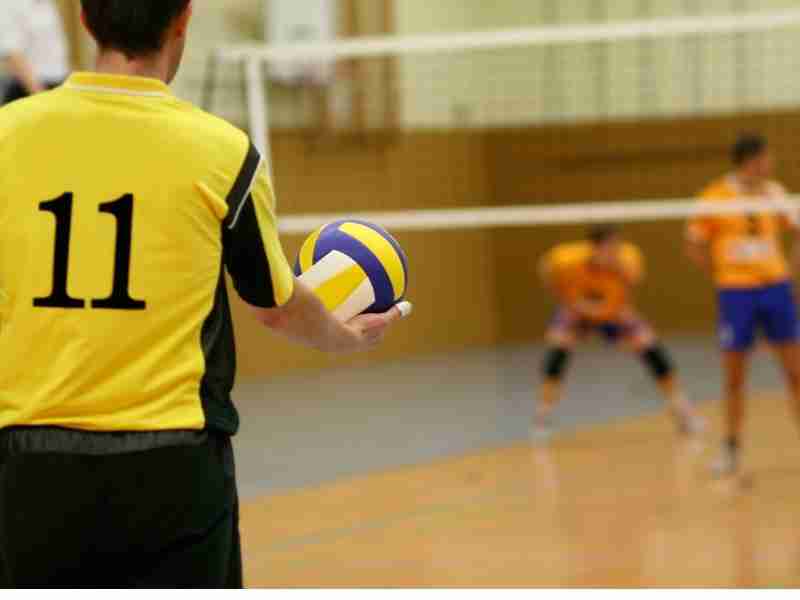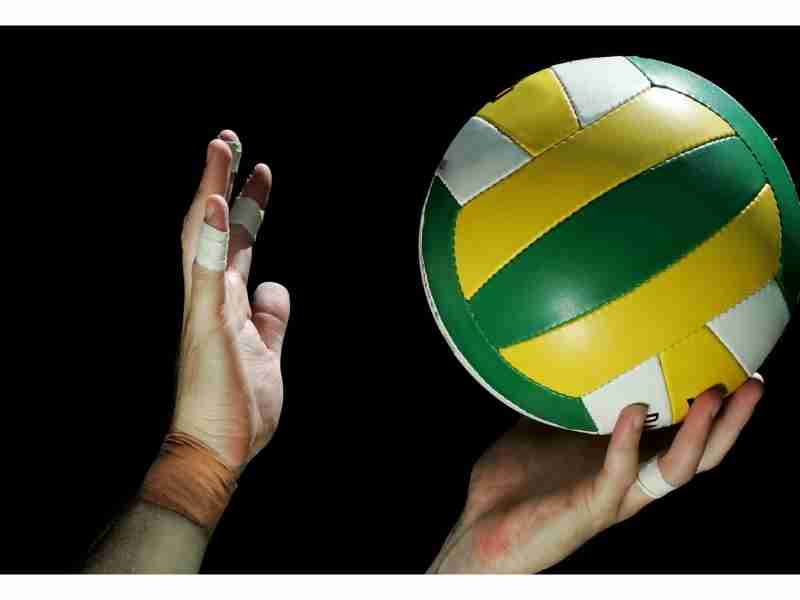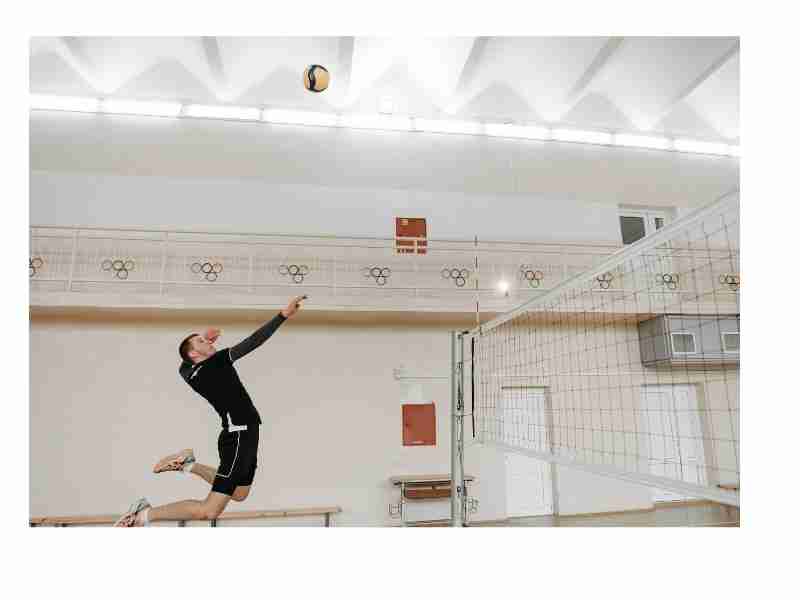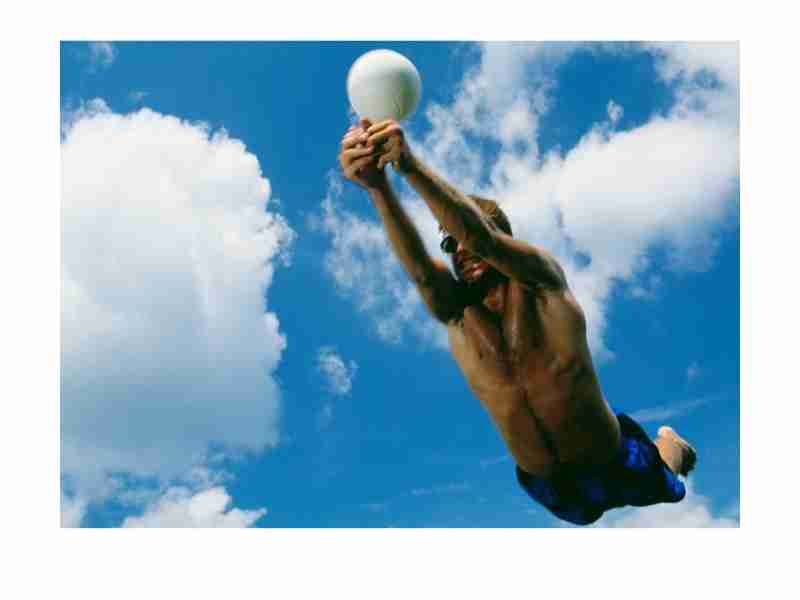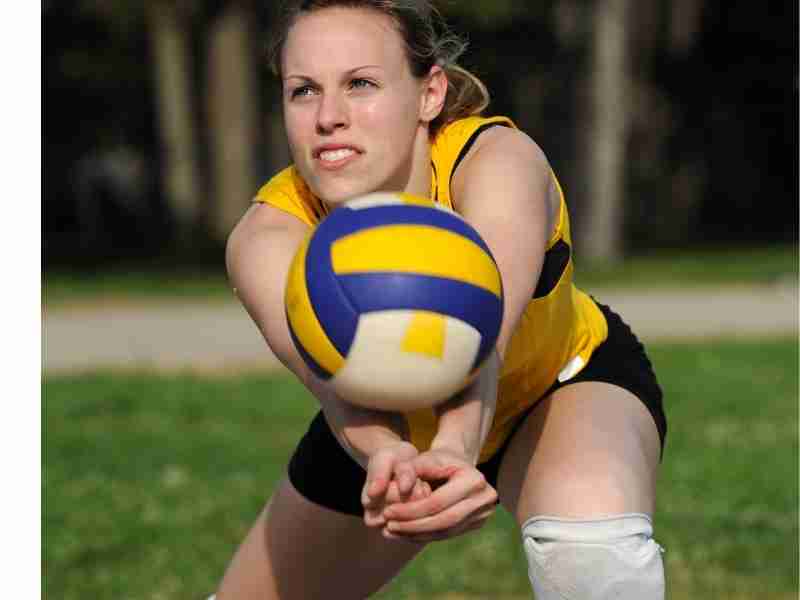
The Libero is a player specializing in defense and serves as a backup for the other players on the court. The Libero is not allowed to serve, block, or attack the ball as they are only allowed to play in the back row. If a player who is not a libero is disqualified, the team must play with one less player.
However, if a libero is disqualified, the team may continue playing with six players as long as one is designated as the new Libero. This rule exists because the Libero’s primary purpose is to keep the ball in play and help their team win points rather than score points themselves.
No. Once a player has been substituted for, and the Libero has entered the game, that player may not return to the game for any reason. If a player is disqualified, his team must play short-handed for the rest of the game.
Libero Replacement
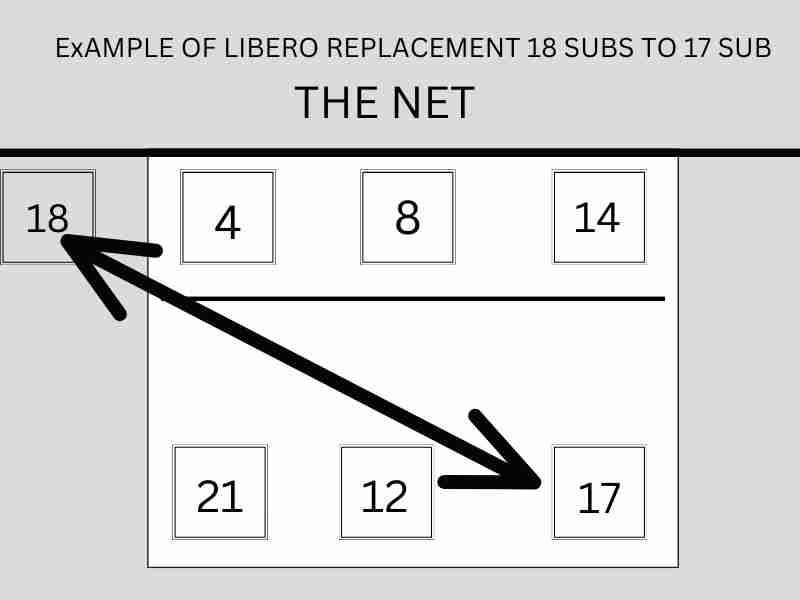
A libero replacement can only happen when the Libero is taking the place of a back-row player. The Libero is not allowed to replace the setter. During a libero replacement, the Libero must enter the court before the player they are replacing leaves, and the Libero cannot be returned until the next dead ball.
The replacement of a libero does not reduce the allowed number of subs from 18 to 17. While there is no restriction to the number of times a player can come off the bench, there must be a rally/loss of rally between any two libero substitutes unless the Libero is already on the court (RB). for every dead ball.
In volleyball, the Libero is a player specializing in defensive play and is limited to playing in the back row. The Libero is not allowed to serve, attack the ball from anywhere other than the front row, or block any shots. When the Libero enters the game, they must replace a back-row player.
The player whom the Libero replaced can only replace the libero to prevent any confusion or delay in play. If the wrong player returns the libero, it results in a penalty. Libero replacements may occur only after a rally ends or at the start of each set. The R2 must check the Libero before each set and whenever the ball is out of play. Liberos cannot enter the court after the whistle has blown to signal service; doing so results in a point/loss of rally for the opposing team.
During a timeout, the Libero cannot be changed when the teams are off the court. The Libero and the player being replaced by the Libero are only allowed to enter or exit the court through the sideline in front of their team’s bench, between the attack and finish lines.
Libero swaps and subs should be immediately identifiable as separate operations. The R2 will not send a trading signal. When a libero replacement takes place while play is in progress, it is done as a regular substitution, with both players going to their respective benches.
The Libero can re-enter the game unlimited times, but only after another player has substituted for them, and they must abide by all other substitution rules. If a libero makes an error and is taken out of the game, they can be replaced by another player at that time. The Libero may also be removed for tactical reasons.
Libero Tracking
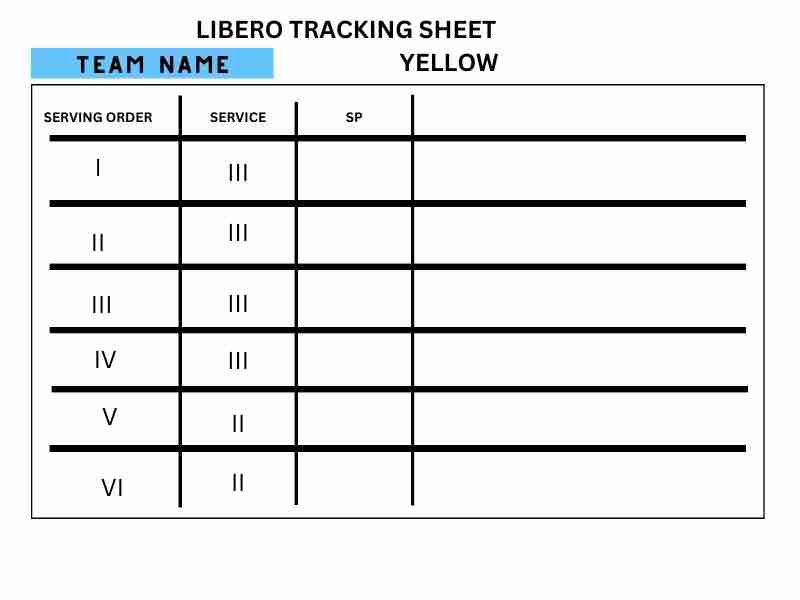
Ideally, each team would have someone responsible for tracking libero replacements. This would ensure that the libero replacement rule was being followed correctly. The libero replacement rule states that once the Libero is replaced, at least one service must take place before the Libero can replace another player unless the Libero is on the court and is replacing the player moving into the serving position (RB).
This person would also make sure that when the Libero leaves the court, the player replacing the Libero is the same player that the Libero replaced when she last entered the game. This would help to keep things organized and fair. However, in reality, not all teams have someone who tracks libero replacements.
This can lead to confusion and sometimes even arguments on the sidelines. It is essential to be aware of this rule if you are playing on a team that does not have someone tracking liberos. That way, you can be sure that you follow the law correctly and avoid any problems.
Can the Libero Serve?
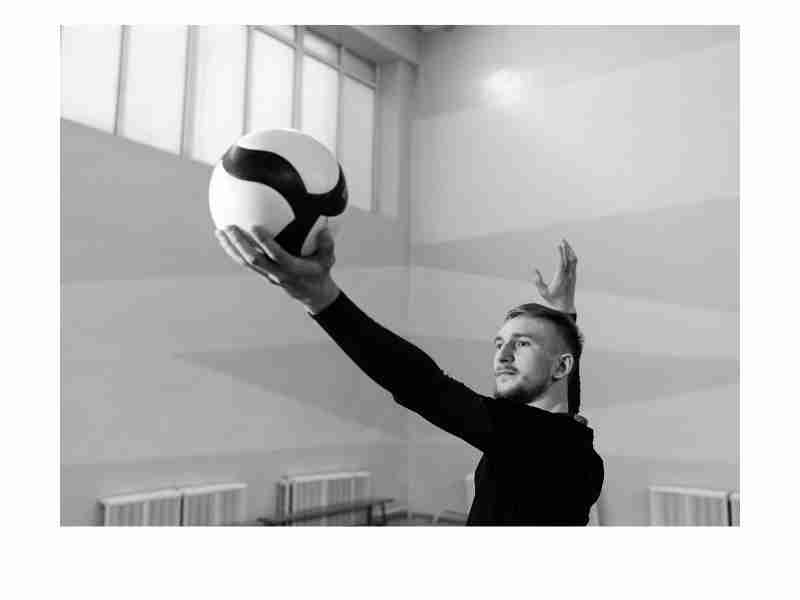
The Libero is not allowed to serve except in exceptional circumstances. In USAV, NCAA, and NFHS rules, if the Libero replaces a back-row player serving, the Libero may serve only once. After that serve, the player initially serving must re-enter the game and continue serving.
Why Can’t the Libero Block or Attack?
The purpose of the Libero is to stay back and defend. Allowing the Libero to block or attack would take away one of the main advantages of having a Libero on your team – defense! Can the Libero Set? The Libero can set, but only if he receives the ball in front of, or behind, the three-meter line. As he moves past that line, he is no longer allowed to set the ball.
Can two players be designated as Liberos?
Although it’s rare, there are times when two players on a team will be designated as Liberos. For example, suppose one of your starting middle blockers gets injured mid-match. In that case, you might want to put in your backup middle and designate him as a Libero so he can stay in for defense while your otherLiberowearsthemiddleout.
In this case, both players would have to wear contrasting jerseys so that it would be easy for everyone to tell them apart (something you probably wouldn’t want to do during a championship match!).
Can a player switch between being an average player and being a Libero?
Again, this isn’t common, but some coaches like to use their best defensive players as their primary Liberos and then bring them out on offense when they need the extra firepower.
As long as both players are wearing contrasting jerseys so that they can be easily distinguished from each other by officials and fans alike, there’s no reason why this couldn’t work.
When Can The Libero enter The Game?
The Libero can enter the game anytime – with one exception: she can’t enter during serves! Other than that, she can come in for any other player on her team, whether it’s during side-outs or following points.
Just keep in mind that once she enters, she can’t leave again until after her team has scored another point or lost possession of the ball (via a side-out or service error).
Conclusion
The Libero is an integral part of any volleyball team, and knowing the rules about when and how he can enter the game is crucial for coaches and players alike. In this article, we’ve answered some of the most common questions about the Libero – from whether he can serve to what happens if he makes an error.
Remember these rules next time you’re playing or coaching a match, and remember that having a skilled Libero on your side can be a real advantage!



